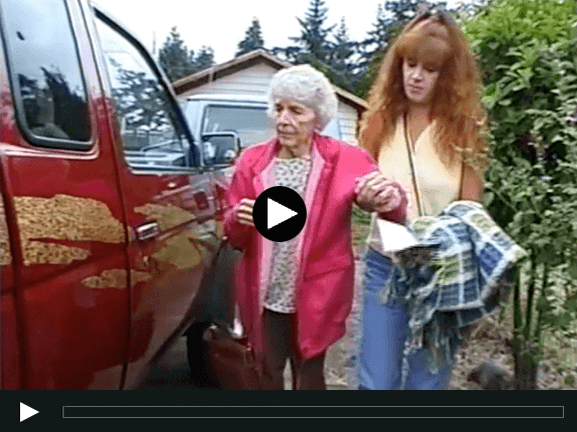In 2022, the Oregon state legislature passed HB 4002 which mandates overtime pay for farmworkers. In this policy brief, LERC Research Associate Mary Follo assesses the primary research cited by Oregon growers in opposition to the legislation. She finds a number of methodological problems with this research that cast doubt on their conclusions….
Farmworker Overtime









